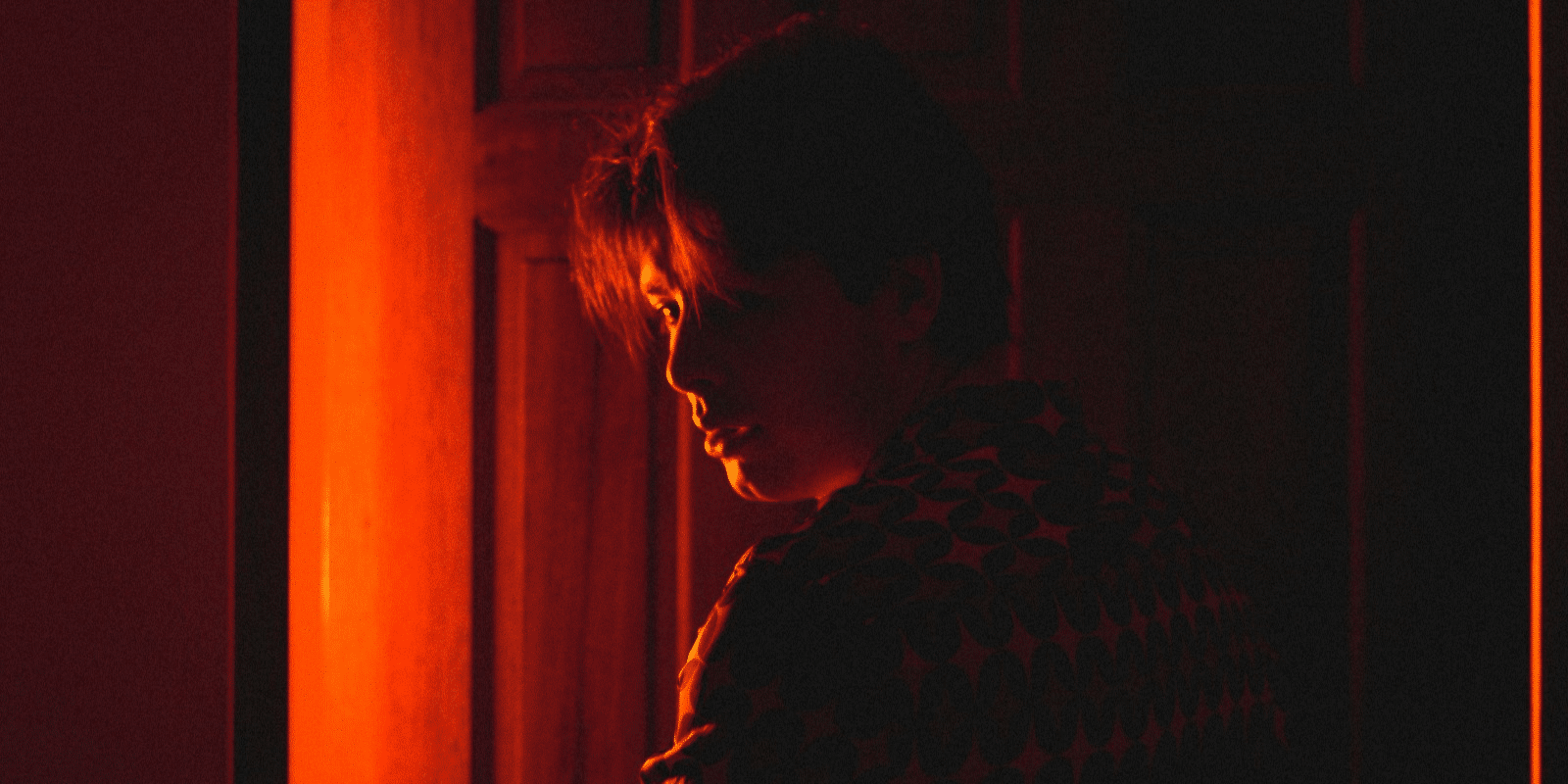In the world of horror movies, the color red holds a special significance, often used to evoke fear, suspense, and unease among viewers. From blood-soaked scenes to ominous lighting, the color red is a powerful visual cue that filmmakers utilize to enhance the atmosphere and intensity of their films. In this article, we’ll delve into the significance of the color red in horror movies, exploring its symbolism, psychological impact, and cinematic techniques.
Symbolism of Red in Horror Movies
The color red is often associated with danger, violence, and death, making it a natural choice for horror filmmakers seeking to instill fear and unease in their audience. In many cultures, red is traditionally linked to blood, a primal symbol of life and death. In horror movies, the sight of blood, whether dripping from a wound or splattered across the walls, triggers a visceral response in viewers, heightening their sense of dread and anticipation.
Psychological Impact of Red
Red is also known to have a physiological effect on the human body, increasing heart rate and blood pressure and triggering feelings of arousal and excitement. In horror movies, the color red can intensify these physiological responses, amplifying the viewer’s sense of tension and anxiety. By strategically incorporating red into scenes of suspense and terror, filmmakers can create a sense of urgency and danger that keeps audiences on the edge of their seats.
Visual Contrast and Composition
In addition to its psychological impact, the color red is often used in horror movies for its visual contrast and composition. Against a backdrop of darkness or muted tones, red stands out prominently, drawing the viewer’s eye to key elements within the frame. Whether it’s a bloodstained weapon, a menacing figure cloaked in red, or a foreboding warning sign, the color red serves as a focal point that commands attention and heightens the sense of danger and foreboding.
Cultural Associations and Archetypes
The significance of the color red in horror movies is also influenced by cultural associations and archetypes. In many cultures, red is associated with taboo subjects such as death, violence, and the supernatural. By tapping into these cultural archetypes, filmmakers can leverage the inherent symbolism of red to create a sense of primal fear and unease that transcends language and cultural barriers. Whether it’s a demonic entity with glowing red eyes or a bloodthirsty creature lurking in the shadows, the color red serves as a visual shorthand for evil and malevolence.
Subverting Expectations and Creating Tension
In some horror movies, the use of red is deliberately subverted to create tension and suspense. By lulling viewers into a false sense of security with warm, inviting colors, filmmakers can then shock and unsettle them with sudden bursts of red. Whether it’s a jump scare, a gory revelation, or a climactic moment of terror, the strategic use of red can catch viewers off guard and intensify the impact of the horror on screen.
Cultural and Historical Context
The significance of the color red in horror movies is also shaped by cultural and historical context. In Western cultures, red has long been associated with concepts such as passion, aggression, and danger, while in Eastern cultures, it is often linked to good fortune, prosperity, and vitality. By drawing on these cultural associations, filmmakers can imbue their horror movies with layers of meaning and symbolism that resonate with audiences on a subconscious level.
The Color Red: A Flood of Emotions
The color red plays a vital role in horror movies, serving as a potent symbol of danger, violence, and death. Through its psychological impact, visual contrast, cultural associations, and ability to subvert expectations, red enhances the atmosphere and intensity of horror films, evoking fear and unease in viewers. Whether used to signify blood, evoke primal instincts, or create visual tension, the color red remains a powerful tool in the filmmaker’s arsenal, shaping the mood and narrative of horror movies for generations to come.









